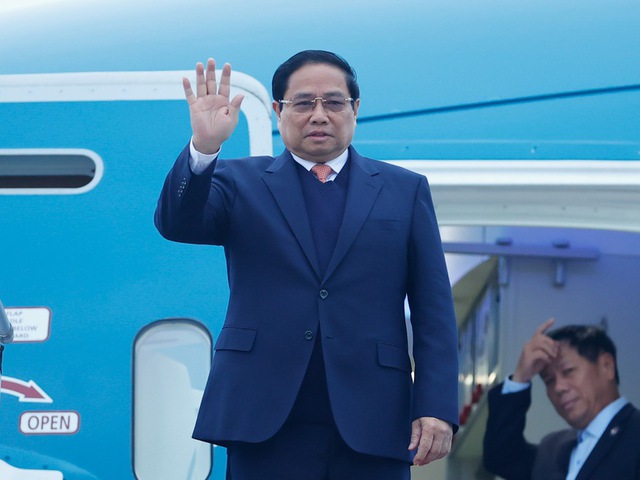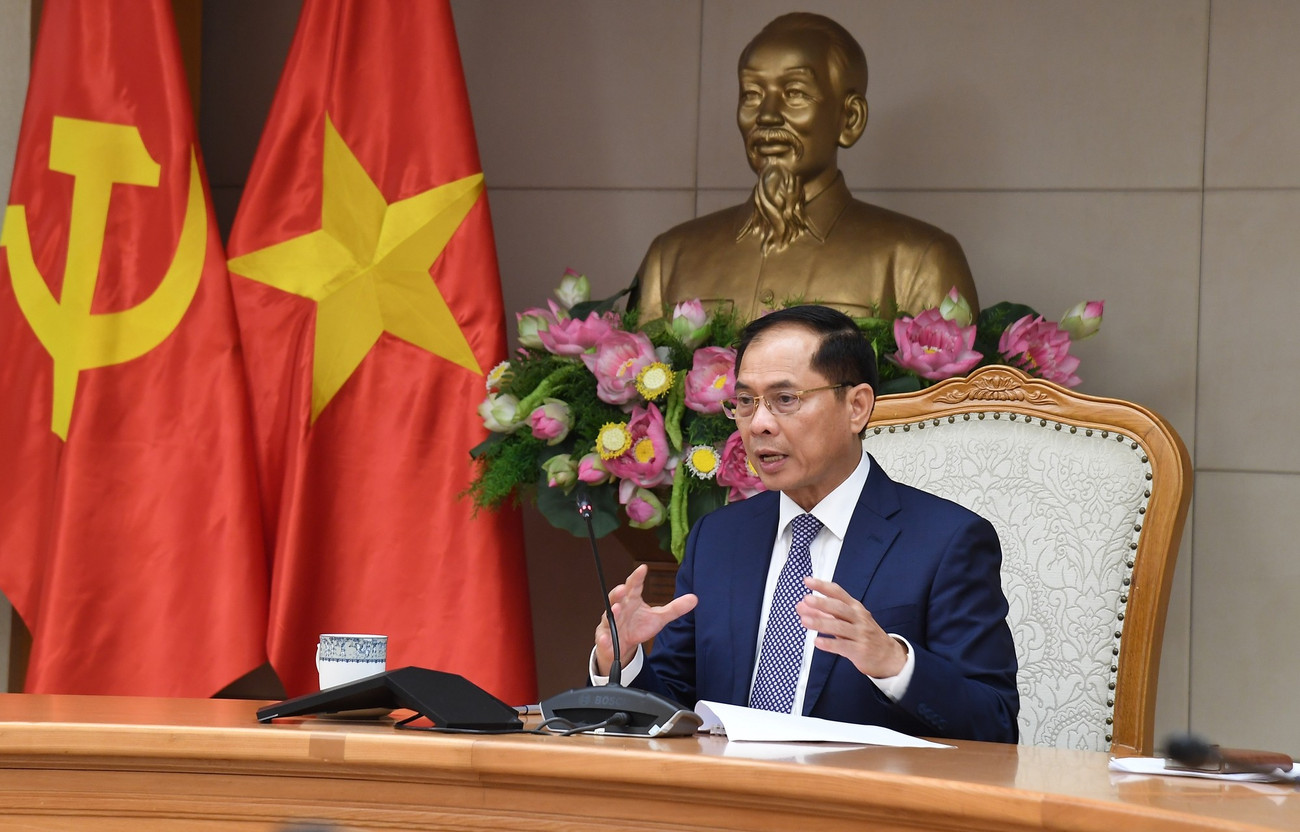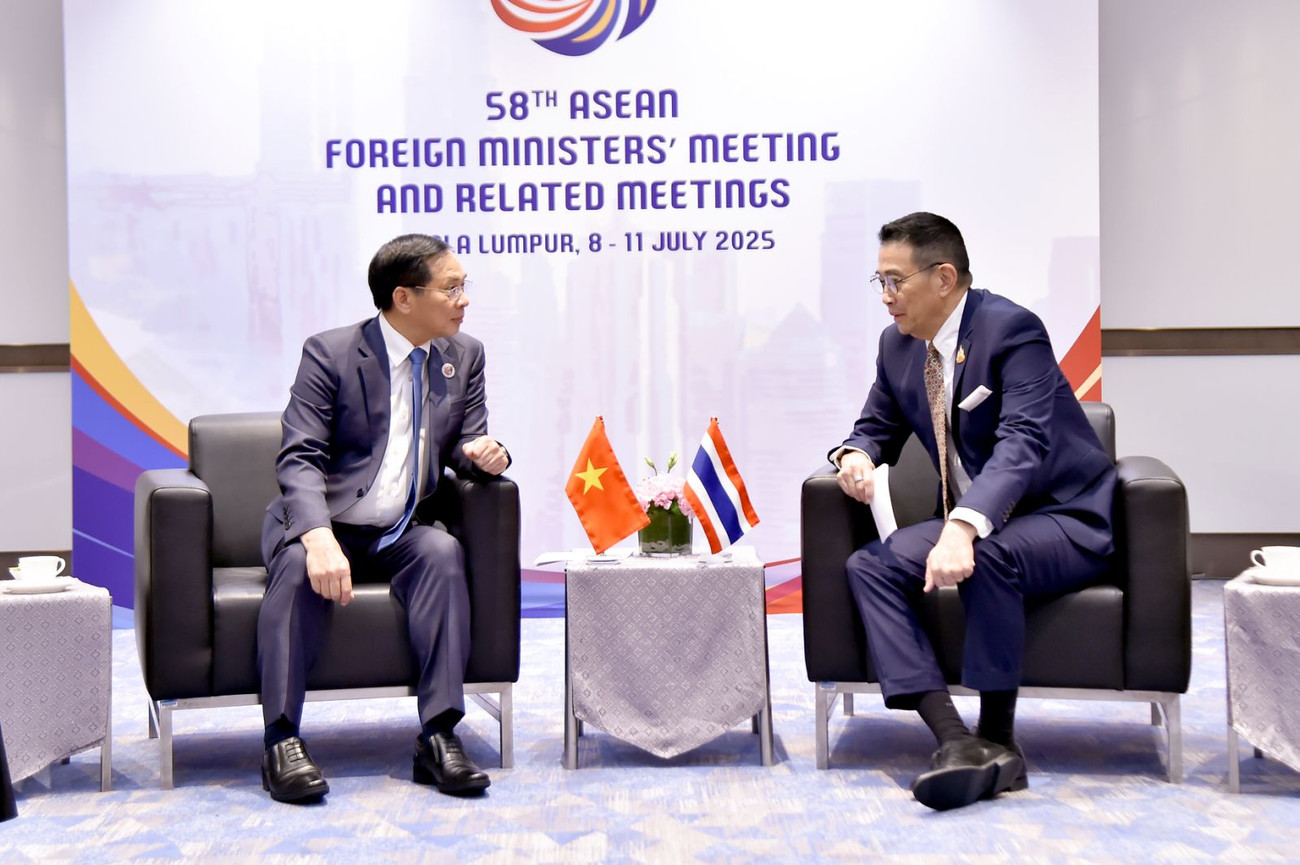MOIT VIETNAM | The Laos–Vietnam Industrial Parks: New Engines of Growth for Bilateral Trade and Regional Integration
/ News / Activities
The Laos–Vietnam Industrial Parks: New Engines of Growth for Bilateral Trade and Regional Integration
The Laos–Vietnam Industrial Parks are envisioned not merely as clusters of factories and warehouses, but as the beating “hearts” that will generate fresh momentum for both nations. Designed to serve as vital bridges for trade and investment, these industrial hubs are poised to transform cross-border cooperation, creating powerful new synergies that extend beyond the bilateral relationship into the wider ASEAN region.
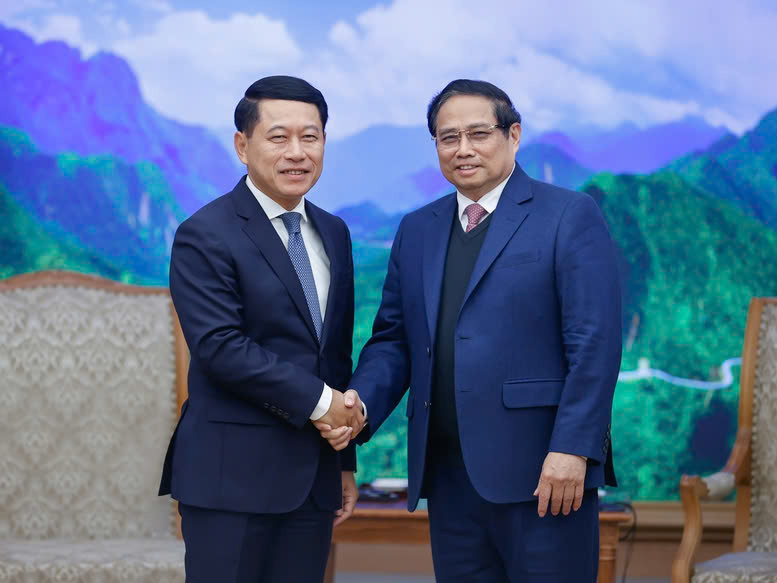
Unprecedented Progress in Bilateral Trade
Few bilateral relationships in Southeast Asia are as deeply rooted as that between Vietnam and Laos. Bound by a shared border of over 2,300 kilometers, stretching across 10 provinces on each side, the two nations are connected not only by geography but also by intertwined histories, cultural affinities, and similar patterns of consumption. Along this extensive border, nine international border gates, six main border gates, 18 auxiliary border gates, and 27 crossings have already been established—together forming one of the most intricate and dynamic land trade networks in the region. Adding to this, nine border economic zones provide fertile ground for cross-border commerce.
Trade between the two countries has surged in recent years, aided by tariff reductions to 0% on most goods under multiple cooperation frameworks. New agreements have laid the foundation for a deeper partnership: a Memorandum of Understanding on border trade infrastructure development, the updated Vietnam–Laos Trade Agreement, and a dedicated Vietnam–Laos Border Trade Agreement. These initiatives have given enterprises and communities on both sides unprecedented opportunities to exchange goods and services seamlessly.
According to Minister of Industry and Trade Nguyễn Hồng Diên, bilateral trade turnover in 2024 is expected to reach USD 2.2 billion, representing a remarkable 34% increase over 2023. For the first time in history, bilateral trade has surpassed USD 2 billion—a symbolic milestone that demonstrates the resilience of both economies and the relentless efforts of government agencies and businesses alike.
Crucially, the trade structures of the two countries complement rather than compete with each other. Vietnam exports chemicals, petroleum, machinery, vehicles, and steel products, while Laos supplies rubber, coal, timber, fertilizers, ores, and minerals. This mutual complementarity reduces friction and creates natural opportunities for growth.
Energy and mineral cooperation is emerging as a cornerstone of the relationship. Vietnam’s imports of coal and electricity from Laos have not only supported its domestic socio-economic development but also enabled Laos to better harness its resource potential. This has provided Laos with valuable revenue streams while allowing Vietnam to diversify and stabilize its energy supply—a true win–win dynamic.
Strong Investment Ties
Beyond trade, Vietnam has firmly established itself as one of the largest foreign investors in Laos. By the end of 2024, Vietnam had poured capital into 417 projects, with approved investment exceeding USD 4.9 billion. Key sectors include agriculture (USD 680 million), power generation (USD 980 million), mineral exploitation (USD 1 billion), and various service industries totaling USD 2 billion.
These investments have gone beyond figures on balance sheets. They have translated into jobs for thousands of Lao workers, infrastructure improvements in rural areas, and substantial contributions to the Lao state budget. From telecommunications and banking to rubber cultivation, food processing, and dairy production, Vietnamese enterprises have brought in expertise and technologies that have uplifted local communities.
Trade promotion has also received consistent attention. The annual Vietnam–Laos Expo has become a flagship event, held in Vientiane each year. In July 2024, it featured 200 booths, with 100 from Vietnamese enterprises showcasing products ranging from food and agriculture to machinery, construction materials, pharmaceuticals, and consumer goods. By providing free exhibition space and facilitating business matchmaking, the Expo has cemented itself as a cornerstone of bilateral commercial diplomacy.
Yet despite such achievements, challenges remain. As Deputy Director General of the Import–Export Department, Trần Quốc Toản, observed, investment incentives for processing industries remain underdeveloped, infrastructure at border gates is often inadequate, and logistics systems lag behind regional standards. In some remote areas, poor road connectivity hampers efficient trade flows, leaving untapped potential on both sides.
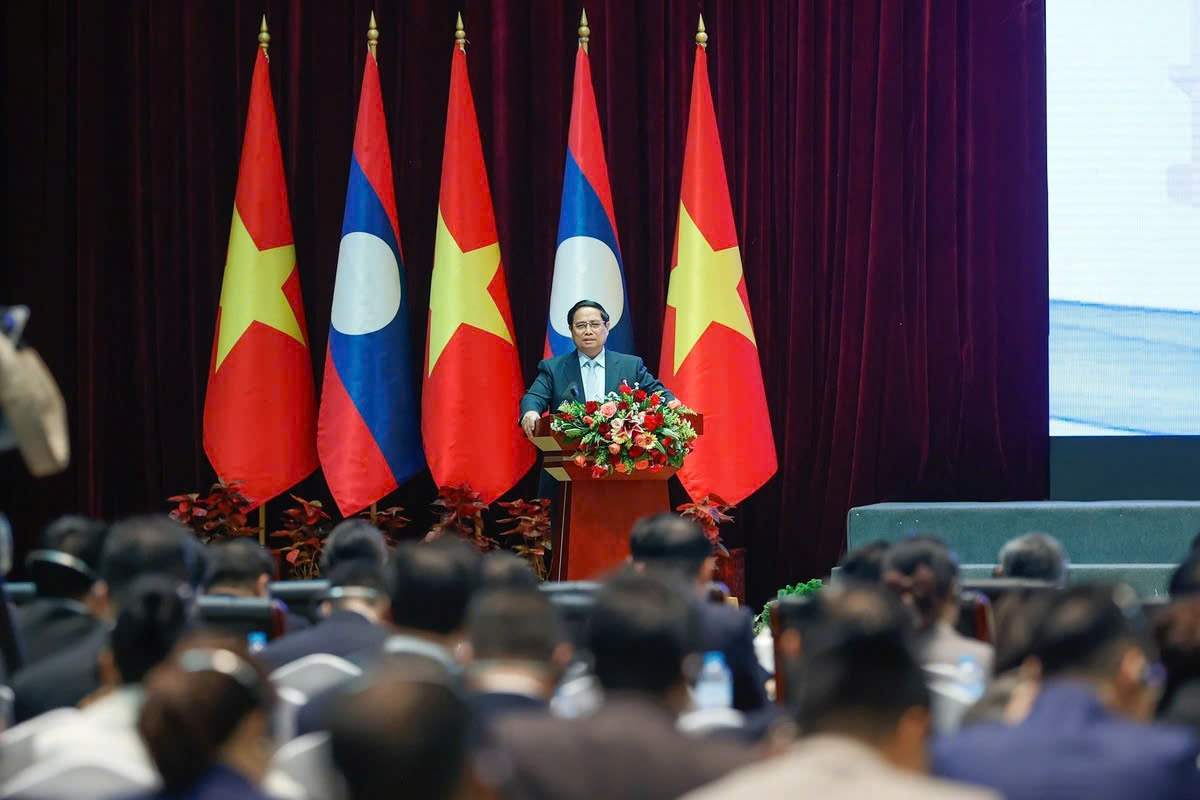
Recognizing these gaps, both governments have turned to a bold new initiative: the creation of Laos–Vietnam Industrial Parks.
Vietnam’s Ambassador to Laos, Nguyễn Minh Tâm, underscored the importance of this step. Both countries, as developing economies, face similar hurdles—limited infrastructure, restricted access to finance, and higher production costs. Jointly developed industrial parks, he argued, could address these constraints by concentrating investment, upgrading facilities, and creating shared ecosystems for businesses to thrive.
Laos possesses clear advantages: abundant natural resources, affordable land, competitive labor costs, and aspirations to become a logistics hub for the Mekong subregion. Vietnam, meanwhile, brings decades of experience in building and managing industrial zones that have powered its own rapid economic transformation. Together, the two sides are uniquely positioned to create industrial parks that are greater than the sum of their parts.
If implemented with focus and determination, the Laos–Vietnam Industrial Parks could emerge as true economic “hearts.” They would serve as transshipment hubs, connecting Lao producers to Vietnam’s deep-water seaports, while also acting as bases for manufacturing, processing, and value-added industries. Such hubs could serve dual purposes: meeting local consumption needs in Laos while simultaneously generating exports for broader regional and global markets.
Beyond economics, the parks would also accelerate urban development in their surrounding regions, create tens of thousands of jobs, and help integrate Laos more deeply into regional supply chains. For ASEAN, these parks could stand as a model of cross-border industrial cooperation, proving how two neighboring countries can leverage complementary strengths for shared prosperity.
Looking forward, the Laos–Vietnam Industrial Parks symbolize more than just infrastructure projects. They represent a shared vision: of turning geographical proximity into economic strength, of converting political goodwill into practical benefits, and of transforming bilateral ties into a new engine for ASEAN integration.
With strong political commitment, coordinated planning, and active participation from the private sector, these industrial parks may well become the decisive breakthrough that carries Vietnam–Laos relations into a new era of sustainable growth and partnership.
-
/ News / Activities
Prime Minister Pham Minh Chinh’s Strategic Visit to Laos Marks New Chapter in Bilateral Relations
Prime Minister Pham Minh Chinh’s official visit to the Lao People’s Democratic Republic and his co-chairmanship of the 47th meeting of the Vietnam–...
-
/ News
Deepening Cooperation, Strengthening Regional Unity
On the afternoon of July 28, 2025, at the Government Headquarters in Hanoi, Deputy Prime Minister and Minister of Foreign Affairs of Vietnam, Mr. B...
-
/ News / Activities
Vietnam and Laos Accelerate Toward Deeper Regional Integration and Unprecedented Trade Growth
In an era where regional connectivity and economic resilience are critical pillars for national development, Vietnam and Laos are emerging as a mod...



